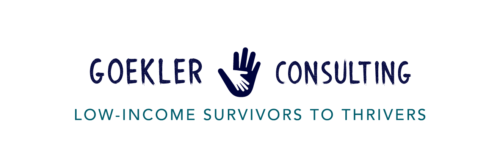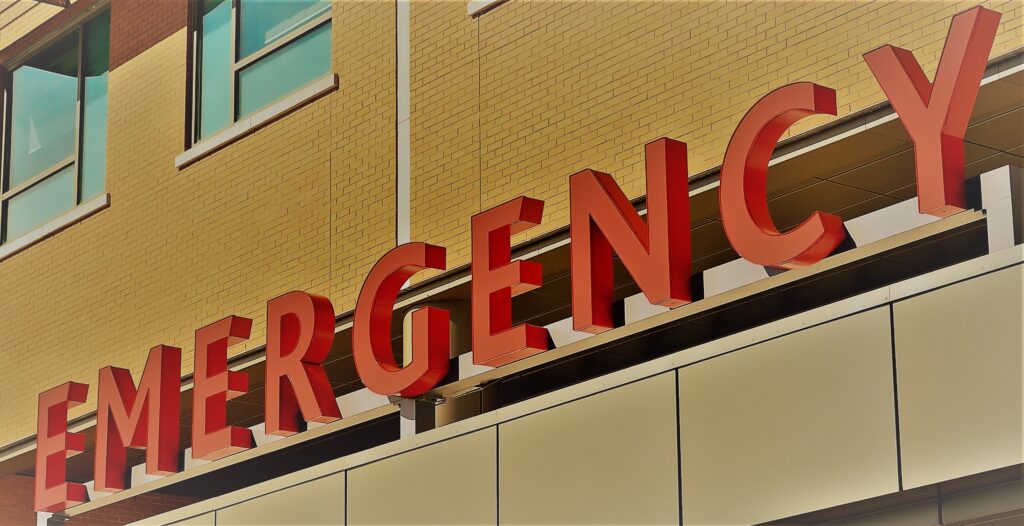20 Ways to Reduce Bills and Increase Income

Are you or someone you know struggling to pay bills?
With the rising cost of rent, mortgages, utilities, transportation, food, entertainment, and other bills, there is no wonder so many Americans are looking for ways to reduce the cost of living.
To keep from guessing what benefits and resources exist to help connect people to discounts, benefits, and services, try connecting to these legitimate benefit screening tools, then apply for each service or support you may qualify for separately.
How to Save $$ on Benefits & Services: A REAL CASE STUDY
An Older Adult Woman with Approximately $1100 in Social Security Retirement Earnings Determined She was Eligible, Applied for, and Received the Following Benefits and Services, saving more than $2,000 per month in free and low-cost services.
She could be eligible for additional services, but these are the services she wanted and needed to live safely at home.
- Medicaid: Medical insurance and Medi-Cal transportation to and from medical appointments, as well as Home and Community Based Services (HCBS) she receives free due to low income. Free healthcare and medical transportation saved her about $750 per month.
- SNAP: Cash benefit for food saved her about $40 per month.
- Meals on Wheels Home Delivered Meal Program for older adults, providing home-delivered meals. Meal donation is about $4 per meal, although the donation cost varies by region.
- Monthly Commodity Supplemental Food Program for older adults, providing nourishing food monthly and Senior Farmers’ Market Nutrition Program (SFMNP) saved another approximately $50 per month in food purchases.
- Discounted cell phone and service through Universal Lifeline, saving upward of $50 per month.
- Medical Baseline dramatically reduced the power bill due to her usage of additional utilities for eligible discount, due to a disability that requires additional electricity usage. She was also eligible for the Low Income Home Energy Assistance Program (LIHEAP) and other resources, saving an estimated $40 per month.
- Low-cost Internet and computer discovered through EveryoneOn provides Internet for about $10 per month, plus a computer that was less than $100, saving about $30 per month on Internet service.
- Medicare Savings Program saves her approximately $175 per month in Medicare Part B premiums.
- Section 8 Housing Choice Voucher pays approximately 2/3 of her monthly rent, saving about $600 per month, and was applied for through her local HUD Housing Authority. The HUD Housing Locator may be used to locate HUD housing resources.
- Multi-Service Senior Services Program provides regular geriatric care management for eligible Medi-Cal recipients who live at home, free of cost to the recipient.
- In-Home Supportive Services (IHSS) is a Home and Community-Based Service (HCBS) that provides a care provider for free for eligible Medicaid recipients so that she may remain in her home rather than obtain out-of-home care.
- For about $6 per month, she purchased a subscription to Alexa Emergency Assist, which she uses instead of a medical alert in case of emergency. Medical alerts can cost upward of $30 or more per month.
- Local Center for Independent Living helped connect her to free benefits advocacy and home modification resources, such as grab and bed bars.
- Amazon Prime 50% Discounted Membership for Amazon online streaming, delivery of food, packages, and use of SNAP for eligible food items delivered to her home, saving about $7 per month.
- Free Pluto TV for free online streaming, saving about $50 per month.
- Obtained and wrote her free will at FreeWill and her Advanced Directive through State-By-State Resources | Everplans.
- Finally, search for any unclaimed money you may be owed: How to find unclaimed money from the government | USAGov.
Start your benefit and savings search today by clicking the following online benefit screening tools to tailor the resources for which you may be eligible, and apply for each benefit/service individually. Be sure to keep track of due dates for reporting income and other required information to continue receiving services.
Happy benefit hunting!
BENEFIT FINDER TOOLS
Find benefits you may be eligible to receive and where to apply.
Contact your state social service agency for information about state benefit programs and more.
Find the right Social Security benefits.
“BenefitsCheckUp® connects millions of older adults and people with disabilities with benefits programs that can help pay for health care, medicine, food, utilities, and more.”
- Disaster Assistance: Find Disaster Assistance
- Medicine Assistance Tool (MAT) (PhRMA)
“PhRMA’s Medicine Assistance Tool (MAT) is a search engine designed to help patients, caregivers, and health care providers learn more about the resources available through the various biopharmaceutical industry programs. MAT is not its own patient assistance program, but rather a search engine for many of the patient assistance resources that the biopharmaceutical industry offers.”
“We offer financial assistance to help people with serious illnesses afford their out-of-pocket treatment costs and improve their quality of life.”
- Apply for Transportation Financial Assistance
- Find Help with FundFinder
- Connect with a Patient Support Organization
“Our organization has created a simple test for Americans, 65 and older to check their eligibility for Medicaid long-term care.”
“Over 400 programs provide financial assistance for elder care. Help comes from federal, state, and local governments, the VA, non-profits, private organizations, and as many as 50 other agencies.”
Photo Credit: Karolina Grabowska of Pexels
20 Ways to Reduce Bills and Increase Income Read More »







